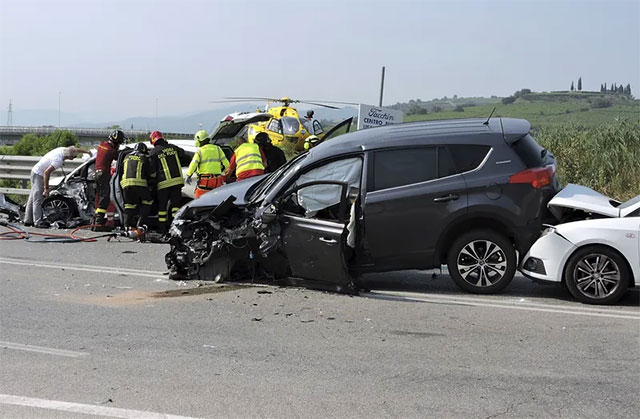To prove a negligence claim in a car accident case, you must show that the other driver owed you a duty of care. You must also show that the other driver breached that duty of care. Moreover, you must prove that the breach was the cause of your damages.
If you are in such a situation, advocates such as Reiner, Slaughter, Mainzer & Frankel car accident lawyers, will walk you through the whole process of your claim.
Table of Contents
Driver Negligence Claim in a Car Accident
Here are some specific elements you may need to prove to succeed in a negligence claim in a car accident case.

Duty of Care
To prove negligence from another party, you must first show that they were obligated to take safety measures. This means you should show the other driver had a legal obligation to drive safely. Moreover, they should have taken precautions to ensure that they do not cause harm to others.
This includes following traffic laws, maintaining vehicle control, and being alert while driving. Drivers also have to act reasonably in emergencies. This can be by slowing down or pulling over to the side of the road if necessary.
In a negligence claim related to a car accident, you must be able to show that the other driver owed you a duty of care. The evidence brought forward should also show that the driver breached their duty of care due to their negligence.
Breach of Duty
This is when the driver fails to act in a considerate manner. If the driver’s actions cause you harm, they have breached their duty of care. A breach of duty can result from several causes.
The other driver could have engaged in risky behavior such as; texting while driving, speeding, or failing to stop at a red light. Also, the driver could have been driving under the influence at the time of the accident.
To succeed in a car accident-related negligence claim, you must show that the driver’s breach of duty caused the accident. Therefore, gathering evidence and witness statements from the accident scene is key in proving negligence. However, if you sustained injuries, it may be difficult for you to tackle all that.
No matter the case, you should hire a lawyer to carry out these tasks on your behalf.
Causation
This is the link between the driver’s actions and your injuries. To prove causation in a negligence claim, you must be able to show that the driver’s actions caused your injuries.
Causation can either be legal or factual. Legal causation involves legal rules determining if the driver’s actions can be held responsible for the accident. On the other hand, factual causation involves you presenting evidence to prove that the driver’s actions caused your damages.
Proving causation in a negligence claim can be complex. You may need the help of a qualified personal injury attorney.
Proof of Damages Suffered
To recover damages in a negligence claim related to a car accident, you must be able to show that you suffered actual harm resulting from the accident. This may involve presenting evidence such as medical records and bills. This is to establish the extent of your injuries and the costs associated with treatment and recovery.
In some cases, you may also be able to recover damages for future medical expenses and lost earning capacity. The defendant will adequately reimburse you if you show that you will continue to suffer harm or losses due to the accident.
However, the damages suffered have to result from the defendant’s actions.
Wrap-Up
You must have enough evidence to prove that the defendant had a duty of care towards you and violated it. Gathering evidence can be a difficult task, especially when you are in recovery.
It is essential to consult with an experienced car accident attorney to help you build a strong case. The lawyer will also ensure that you can recover the damages you suffered.
A lawyer will help handle the complex process of a car accident negligence claim on your behalf.












